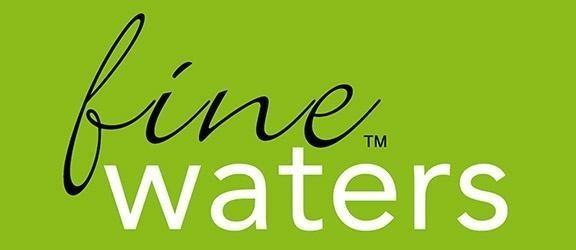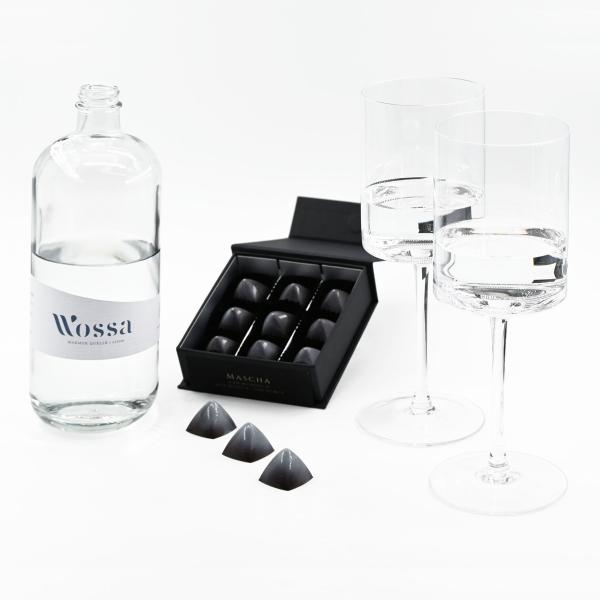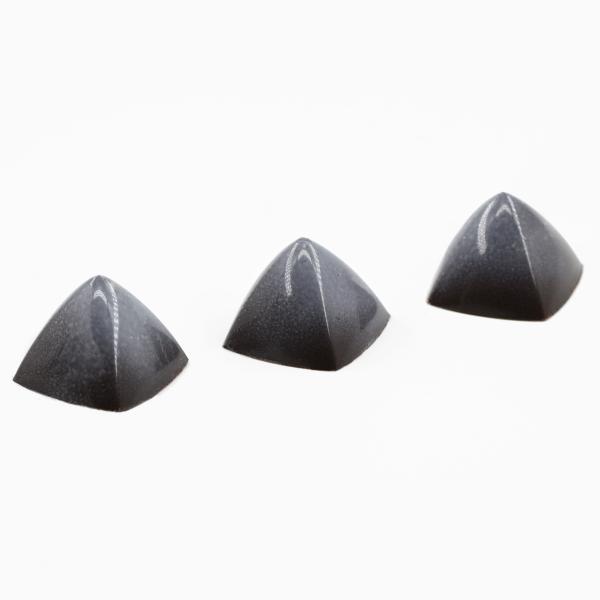For decades, the classic teaching for ganache making was "never mix water and chocolate." All traditional French and Belgium filled-chocolates, ganaches, and pralines, are based on butter and cream as a foundation.
Adding emulsifiers, such as soy lecithin, cream, butter, and more to the chocolate masks the taste and dilutes the character of chocolate. This fact is also used to hide poorer quality chocolate in a ganache.
It took a rebel, in our case Peter Svenningsen from Denmark, to change everything starting in 2014. "By basing my ganaches on water, I feel that I far better can focus on the cacao, the specific beans. I can work with high-quality chocolate, enhancing the taste and notes in the chocolate by using water," he explains. Taking his concept to the next level, he explored using different, very different waters for his creations. Putting as much emphasis on the water as on the chocolate, a whole new world opened up for experimentations with texture and taste. Peter created award-winning ganaches from diverse waters such as Svalbarði Iceberg water, Islilde, and ROI.
I have tasted many of his creations. They're eye-opening, especially if you consider the different tastes, all due to the different waters with the cacao being the same. While the butter or cream dilutes and diffuses the flavor of the chocolate, water allows us to focus on the character of the chocolate without distraction. We will see a very similar principle when matching water with food and eliminating wine during fine dining.
Another recent example are the Les Mignons by Elisabeth Mascha made with single-source chocolate and premium water from Austria (Wossa & Gaisberg).




